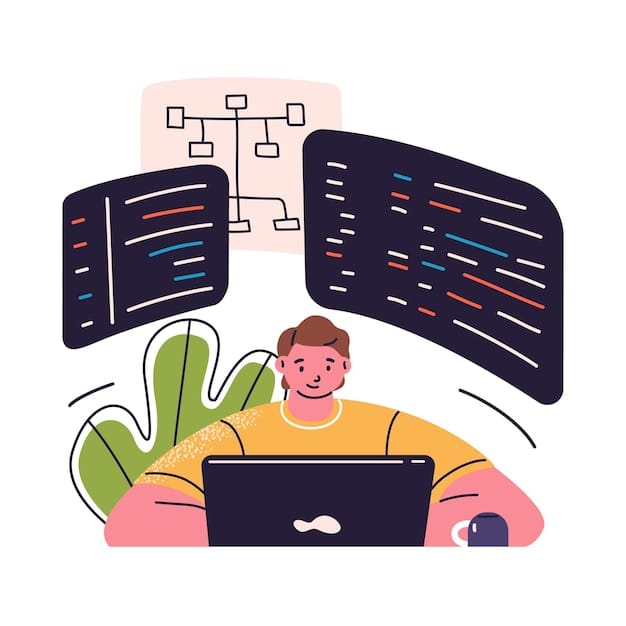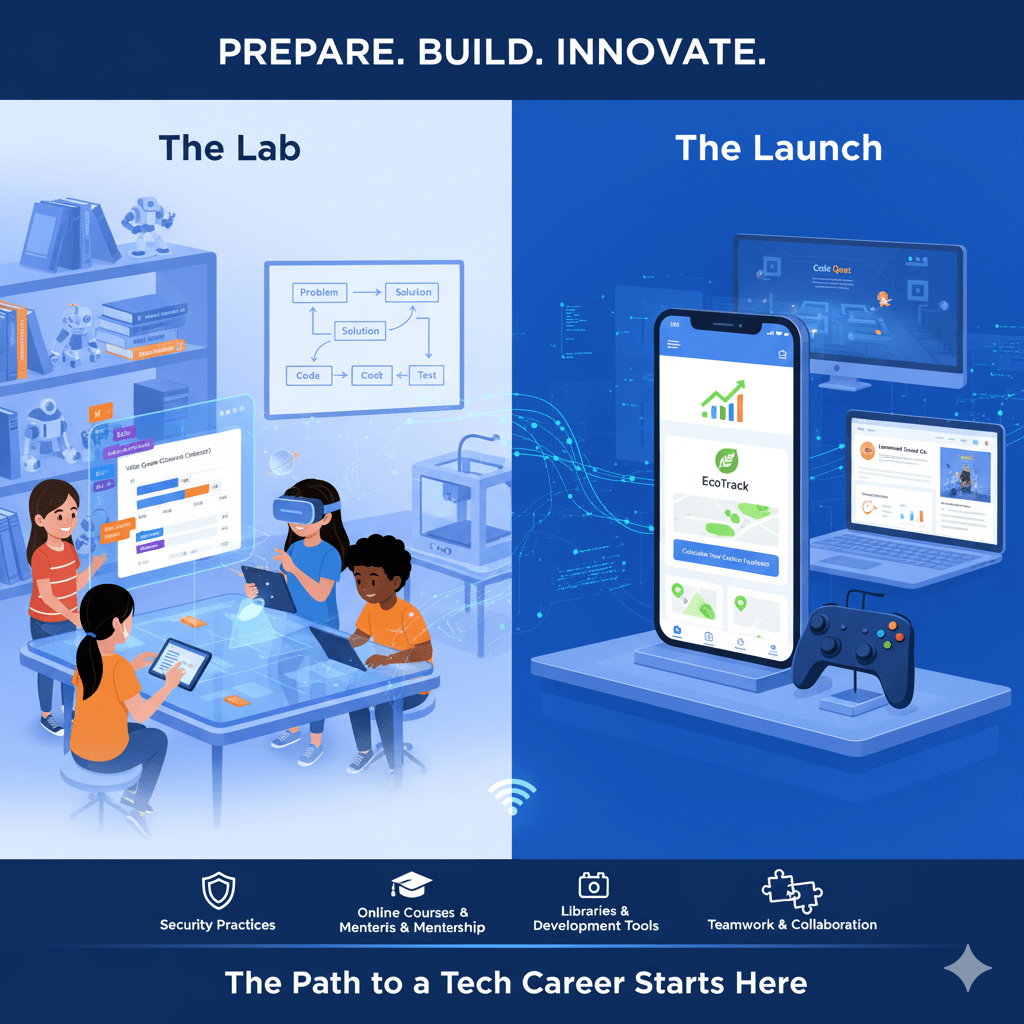Why Robotics Courses Spark Interest in Engineering at a Young Age
Robotics programs ignite kids’ interest in engineering. They blend fun and hands-on learning right from the start. Using programmable robots provides real problem-solving experiences. This helps make concepts like electronics and math easier to grasp. These early experiences with technology can inspire lasting interest in science and engineering.
Young students dive into robotics projects by building simple machines and programming robots to operate independently. These activities show how engineering shapes their world. They also help them learn to work well with others. Early exposure to robotics education turns screen time into meaningful skill-building. Robotics for kids isn't just about cool gadgets. It's a fun way to build problem-solving and critical thinking skills.
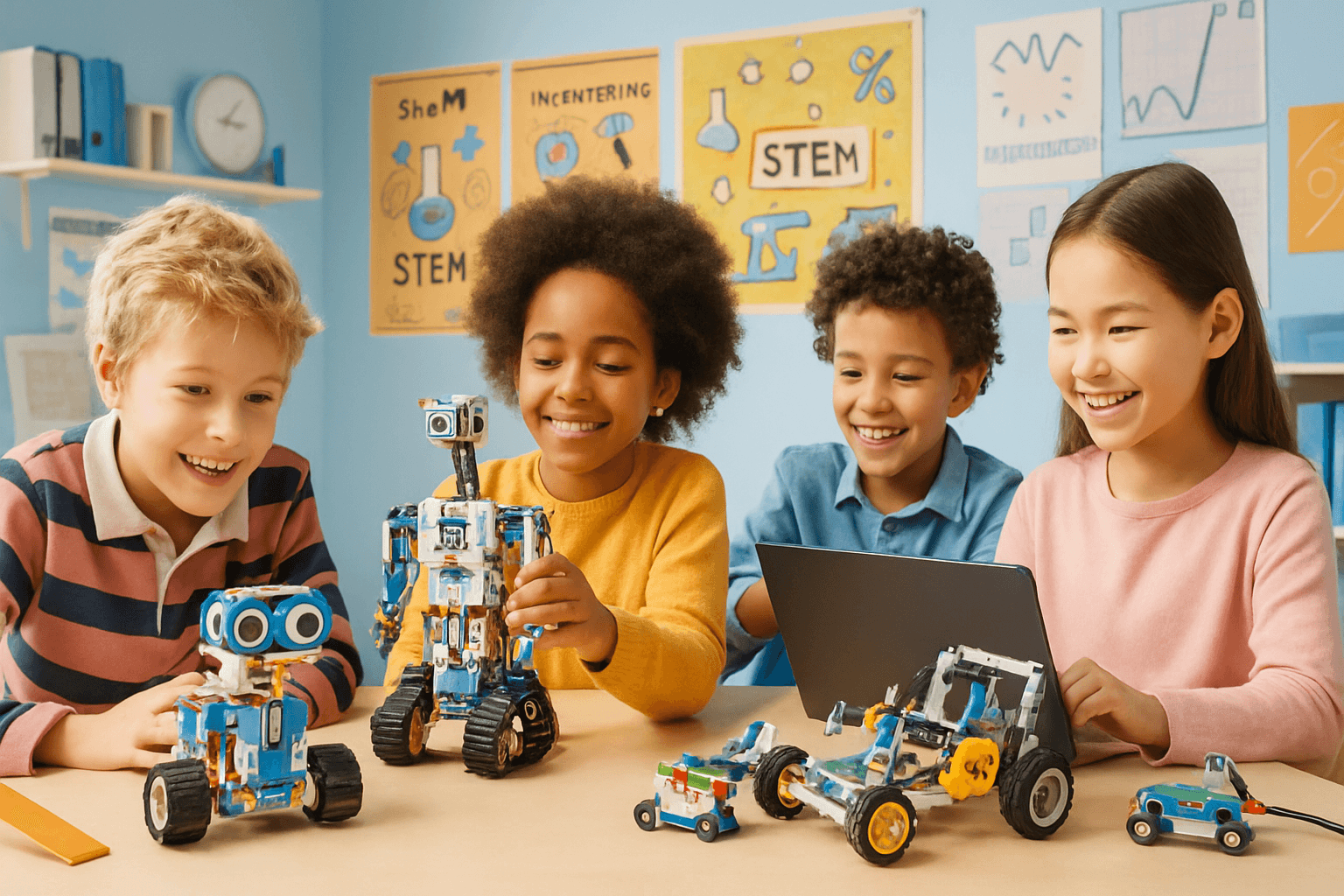
Why Early Robotics Education Matters
Early robotics and engineering programs help them develop strong problem-solving skills. They learn by doing, which makes the experience practical and engaging. Children aged 6–12 who participate in robotics camps, after-school classes, or online resources learn computer programming and programming languages. They also get to explore basic machine learning while creating and operating robots. Projects often include robots to perform tasks such as navigating obstacle courses, building autonomous vehicles, or simulating space exploration.
These robotics projects turn STEM fields like Science, Technology, Engineering, and Mathematics into real-world applications. Students learn about electronics, mechanical design, and coding. They explore how machines with sensors operate. For most kids, debugging a program, testing equipment, and watching programmable robots complete tasks makes robotics education fun and memorable.
This hands-on approach helps the next generation develop critical thinking and creativity. Robotics programs connect classroom lessons to real results. They show students what engineering robotics can offer and equip them with skills for school, future jobs, and daily life.
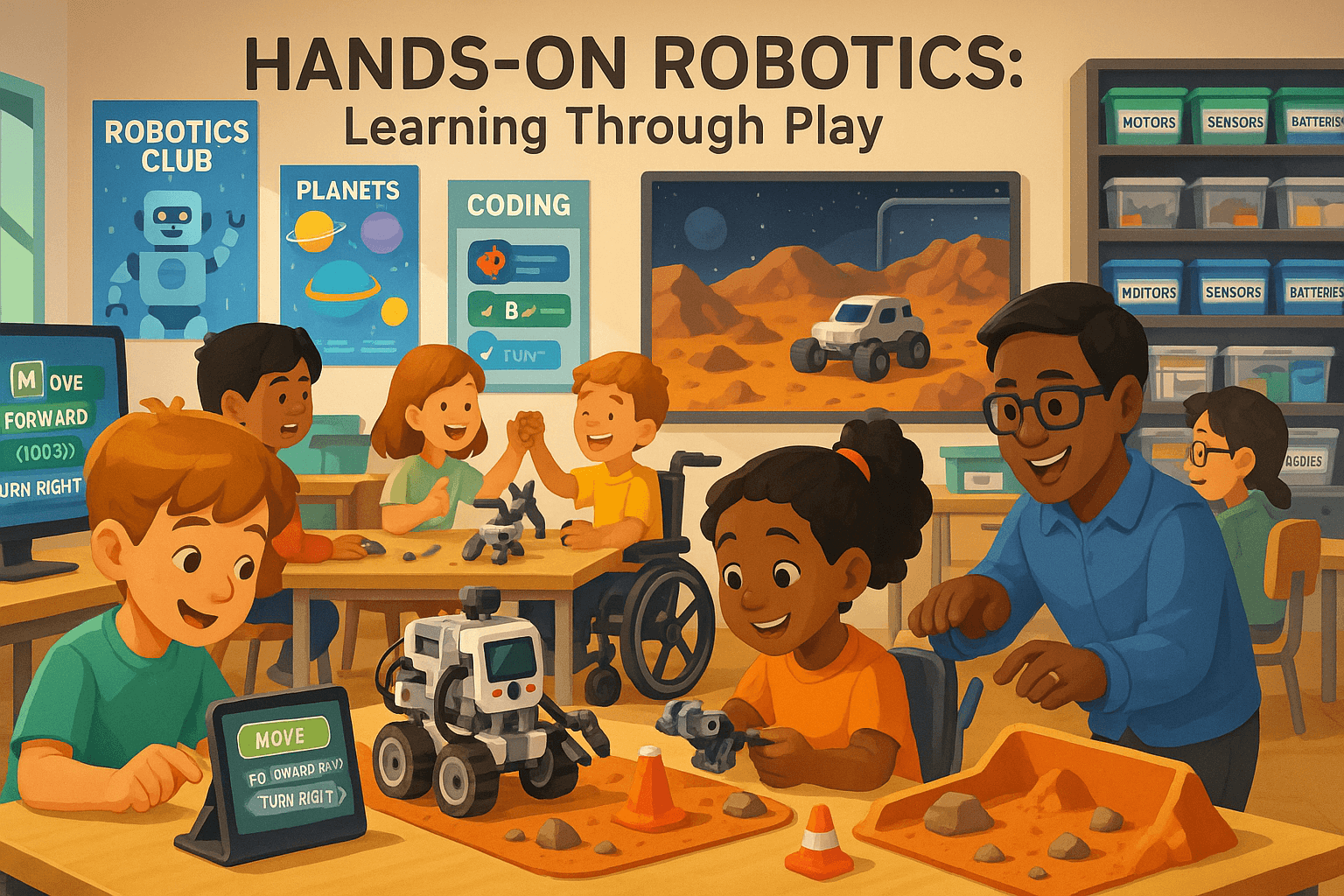
The Building Blocks of Learning Robotics in Childhood
Learning robotics is like building with LEGO or solving a puzzle. It makes learning fun and hands-on for kids. In most robotics programs, children start by learning basic logic and programming sequences to create their own project. For example, they know that pressing a button makes programmable robots move forward or turn. This is a key “if this, then that” idea in robotics education.
Block-Based Programming and Machine Learning Basics for Kids
Many robotics kits for kids use block-based programming languages. Kids drag and connect commands on a screen, using simple code to control the robot’s actions, which is essential for operating robots. In these hands-on robotics classes, kids discover order and logic.
They also learn to create algorithms. An algorithm is a set of instructions that enables machines to perform tasks in the real world. This foundational skill is core to computer programming, one of today’s most valuable STEM fields.
As kids practice, they progress to creative robotics projects. They use problem-solving through robotics to explore by asking, “How can I make my robot perform new tasks?” Whether programming a robot to dance or draw, children flex their critical thinking and problem-solving skills.
If the robot doesn’t succeed, they debug their code by adjusting steps until the robot completes the challenge. This hands-on, trial-and-error approach demonstrates the importance of persistence, paving the way for the next generation of engineers. It reflects what real careers in robotics, engineering, and technology are like.
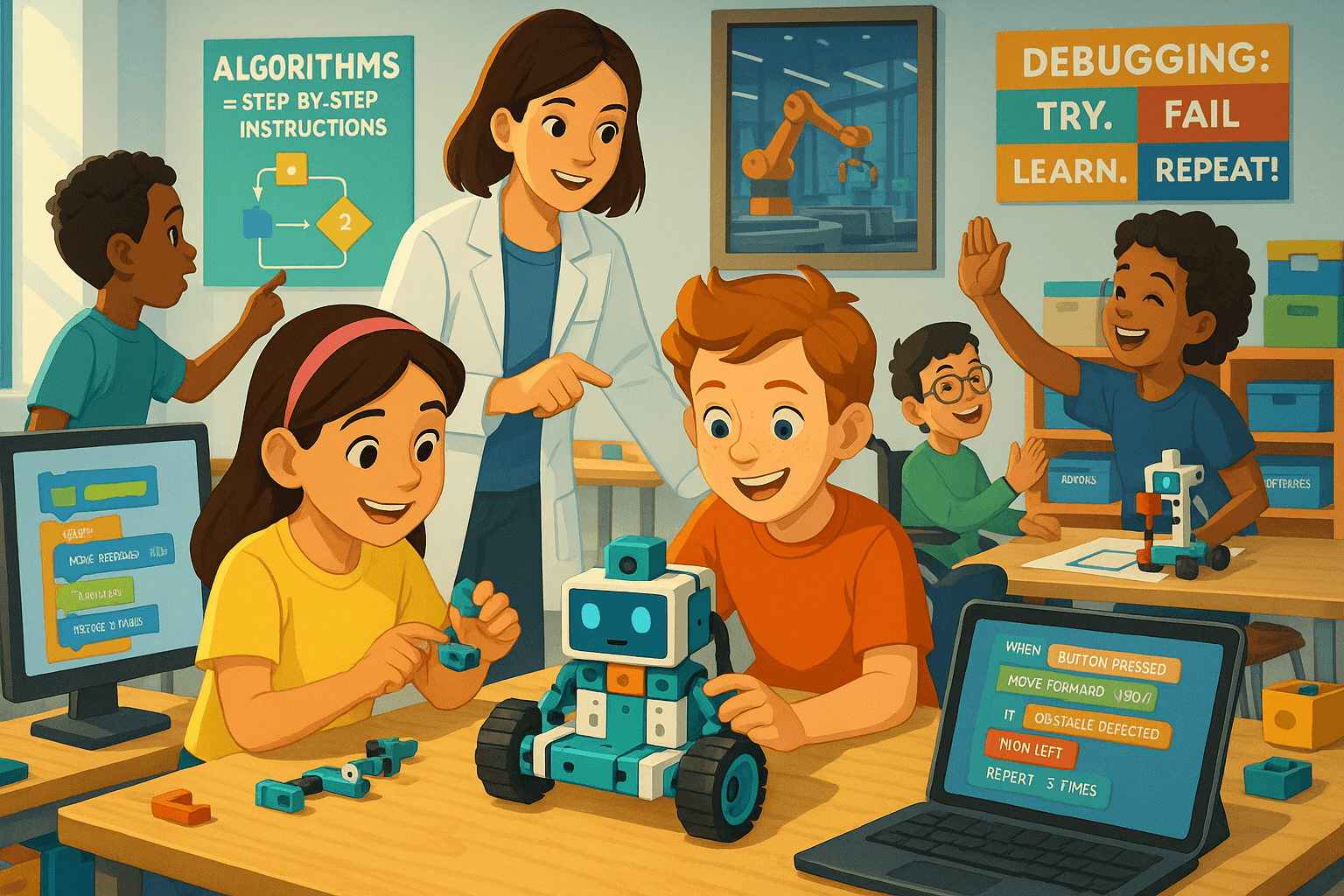
From Simple to Advanced Robotics Projects
Engineering robotics begins with simple robots, but as kids develop, their skills expand. They may start by programming a robot to move in a square and graduate to advanced challenges, such as navigating a maze or responding to sound. These activities naturally introduce critical mathematical concepts, such as angles and speed, which are relevant in the engineering design industry.
As kids grow older, robotics education introduces them to more advanced programming languages. These include Scratch and Python, which are used in machine learning and self-driving cars. This transition shows students the real-world applications of what they learn in robotics camps, after-school robotics classes, or through online resources.
Students begin by building simple robots and then progress to advanced robotics projects. This journey teaches them coding and mechanical design. They also gain teamwork, creativity, and research skills. These are essential for future engineers and innovators. Robotics and engineering for kids teach logical thinking, problem-solving, and programming to students. These lessons help prepare children for school challenges and competitions in future tech careers.
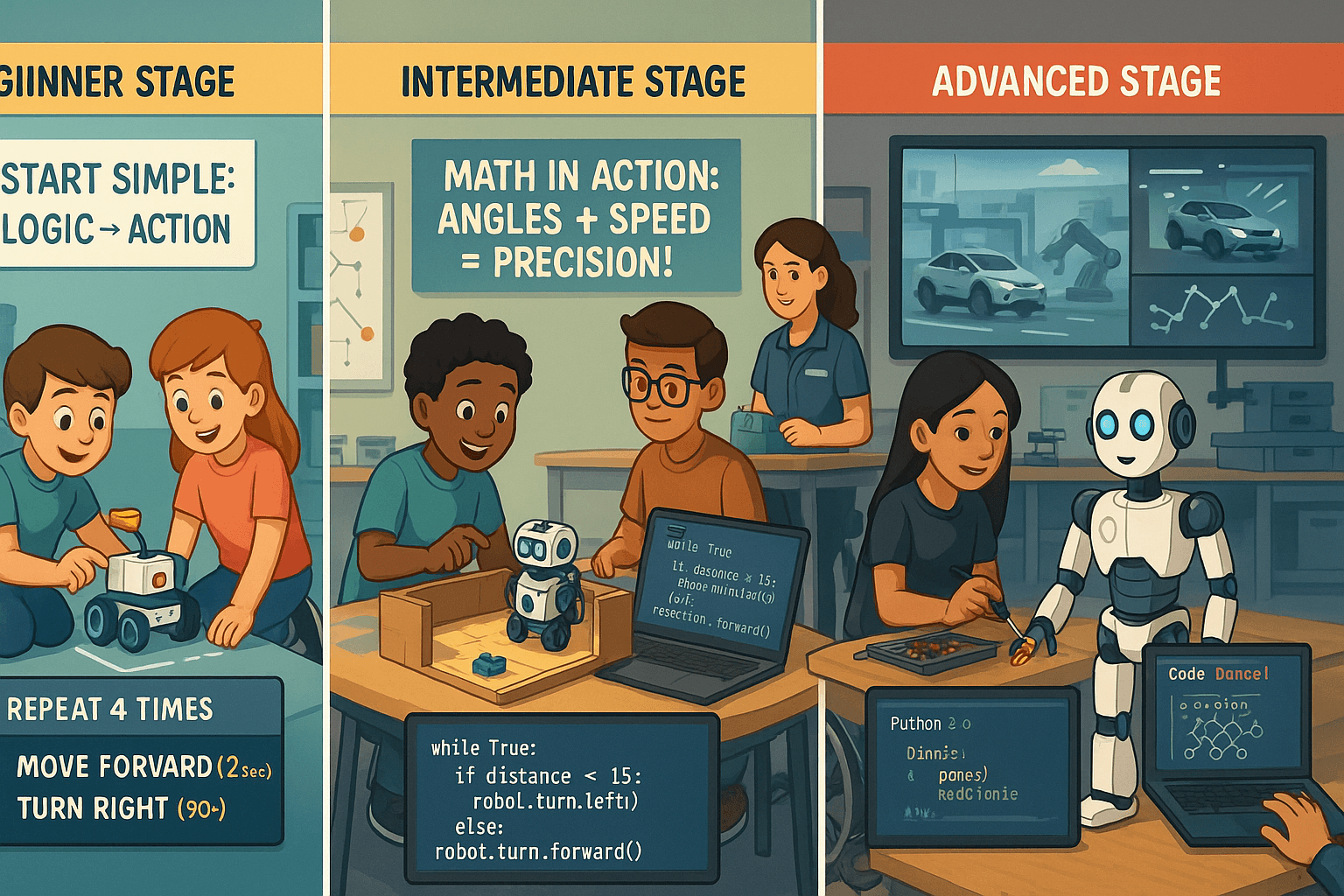
Foundations of Engineering Robotics for Kids
In robotics programs and robotics classes, students use specialized robot kits for kids designed to teach engineering and technology basics from a young age. These kits include easy-to-assemble frames, motors, gears, and programmable sensors as essential equipment. The microcontroller acts as the programmable robot's "brain," connecting to motors (muscles) and body parts like wheels for real-world tasks.
Children interact with sensors such as bump, light, or voice modules, learning to control and program robots using programming languages. Basic coding tasks include making robots follow paths, stop at obstacles, or respond to sounds like a clap. These exercises teach cause and effect and build foundational skills in robotics, making learning feel like games for kids.
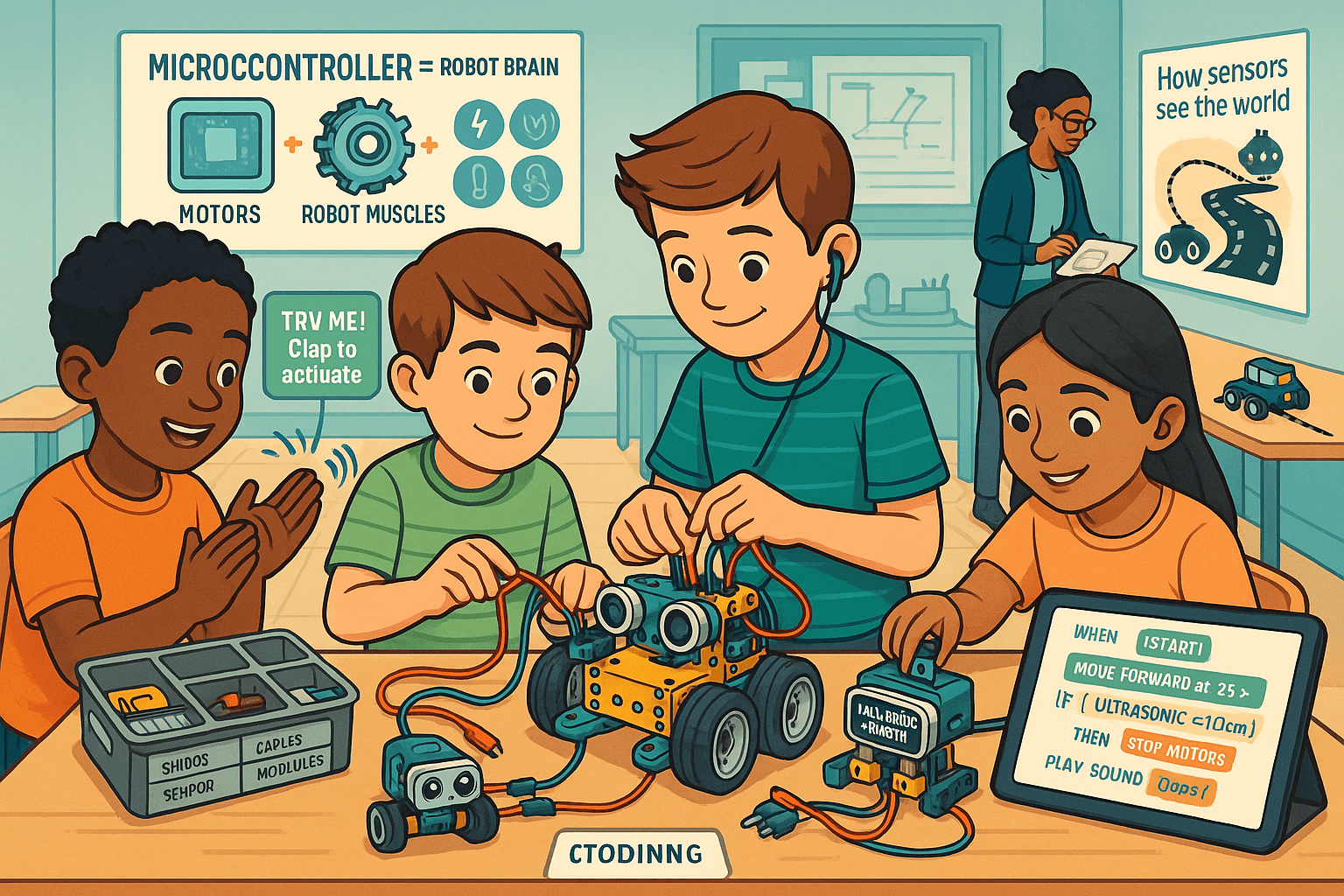
Every time kids change a command, they see how the robot acts differently. This boosts their problem-solving skills, which they'll need later. These learning robotics projects mix math concepts like distance, speed, and angles. They also show how energy moves through circuits and how machines do their jobs.
As robotics programs develop, advanced students are introduced to wiring, soldering, and mechanical design. This hands-on training gives them skills for future careers in engineering and technology. They will also learn about other subjects during their training. The popular kits, such as LEGO Mindstorms and VEX, allow the user to rise from simple projects to advanced robotics. The fun part of learning robotics involves teachers in class and numerous online material resources.
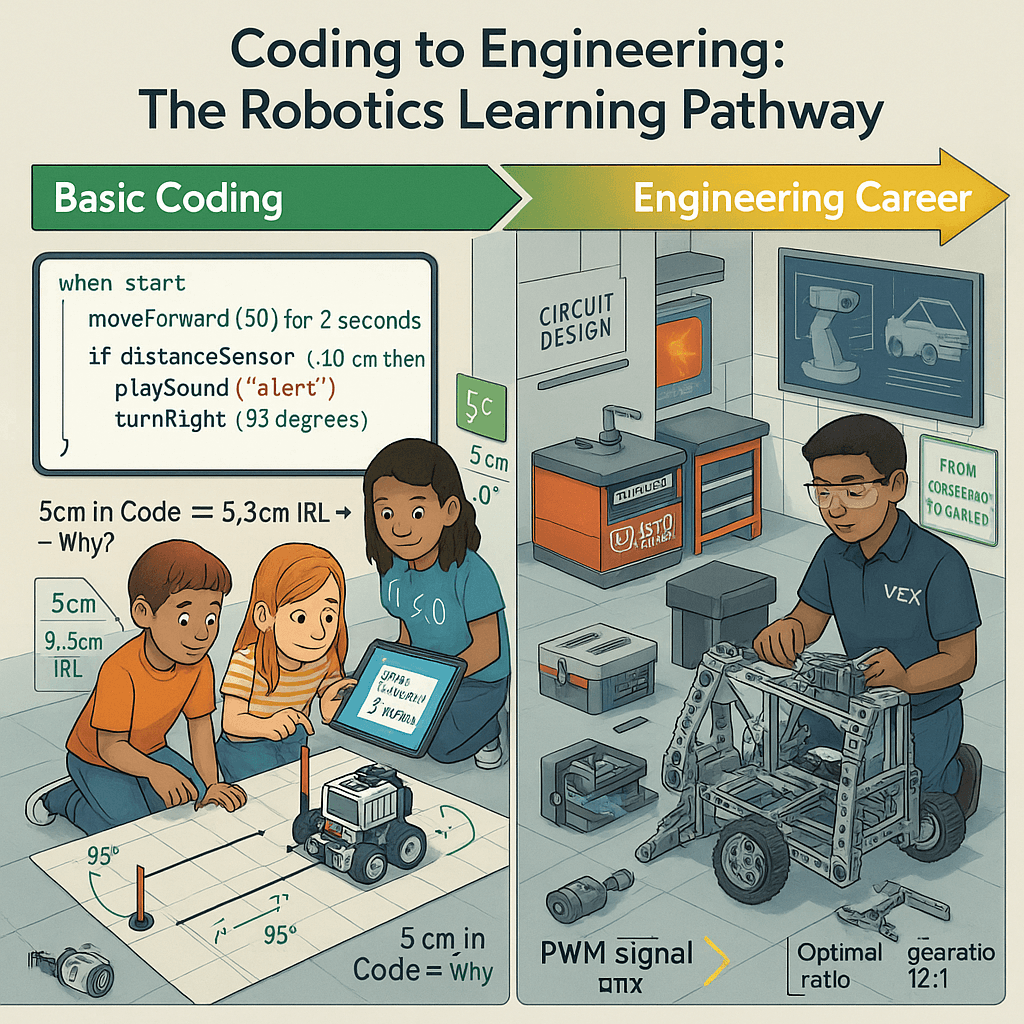
Robotics projects enhance creativity, teamwork, and communication, certainly in robotics camps, school clubs, and competitions. Students learn to make educated guesses by using industry practices. They design, code, test, and refine their work in repeated cycles.
Parents quickly see that learning robotics helps kids think critically, learn programming languages, and gain hands-on mechanical skills. This framework is key to finding their way in their subsequent life in science, technology, engineering, and mathematics. These areas will include computer programming, machine learning, and outer space exploration. Students see their classroom lessons come alive. They interact with robots during work, construct self-driving cars, and learn robotics and engineering for kids. These activities get them ready for school and a future career.
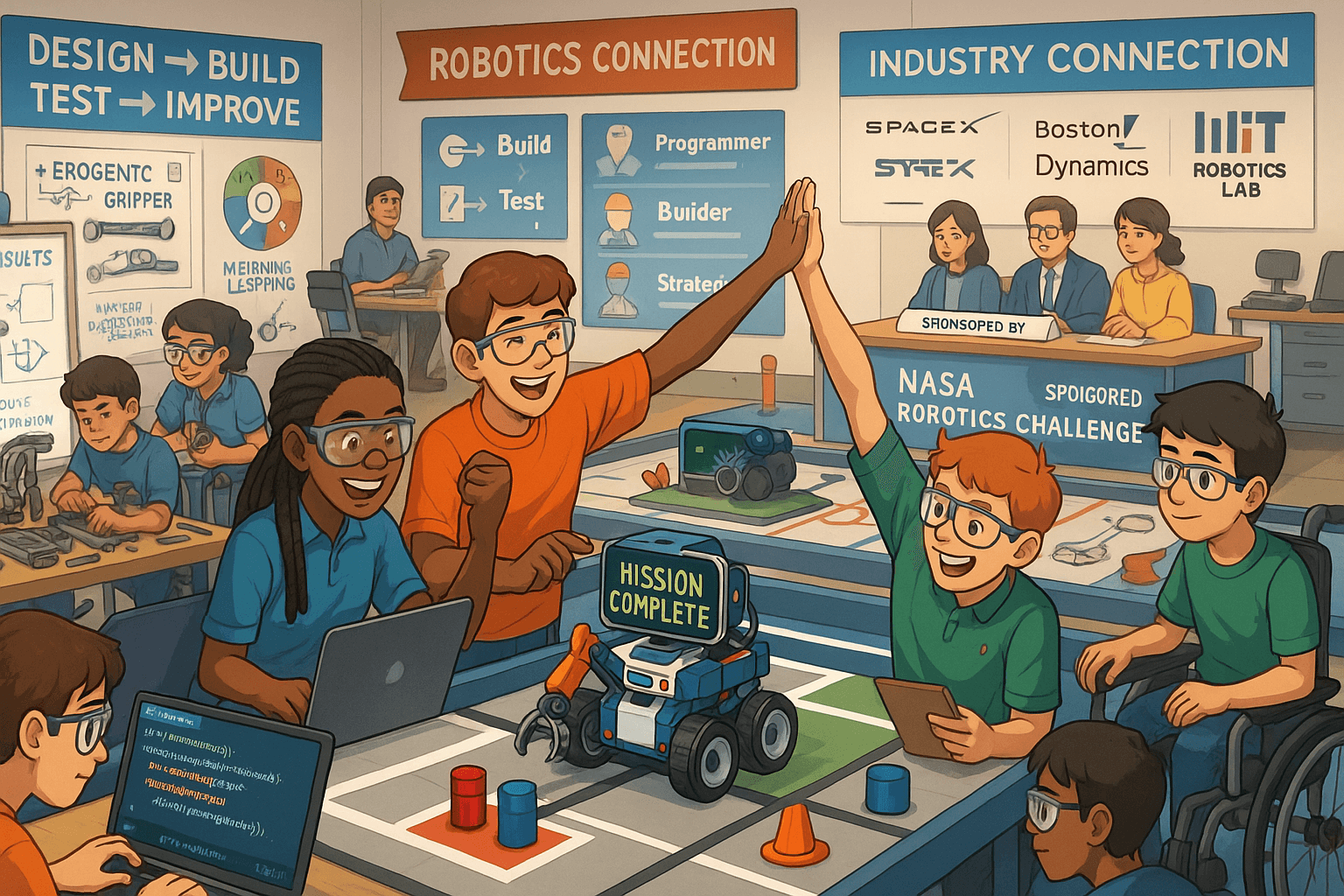
From Play to Real-World Problem Solving
What starts as play transforms into engineering thinking. Robotics and engineering for kids allow them to solve problems, test ideas, and refine designs. This mirrors real-world engineering, making it relatable for many kids.
Robotics programs aren't just about building fun robots. They also help students develop essential problem-solving skills through organized learning. In robotics classes, students use the same steps as engineers: plan, build, test, and improve. Kids use hands-on robotics projects to apply engineering, science, and math concepts. They learn in practical and meaningful ways, preparing for competitions and challenges.
Children begin using programmable robots by setting tasks. These tasks can include picking up objects or navigating mazes. Students build components such as motors, sensors, and wheels. They also write code with simple programming languages designed for young learners.
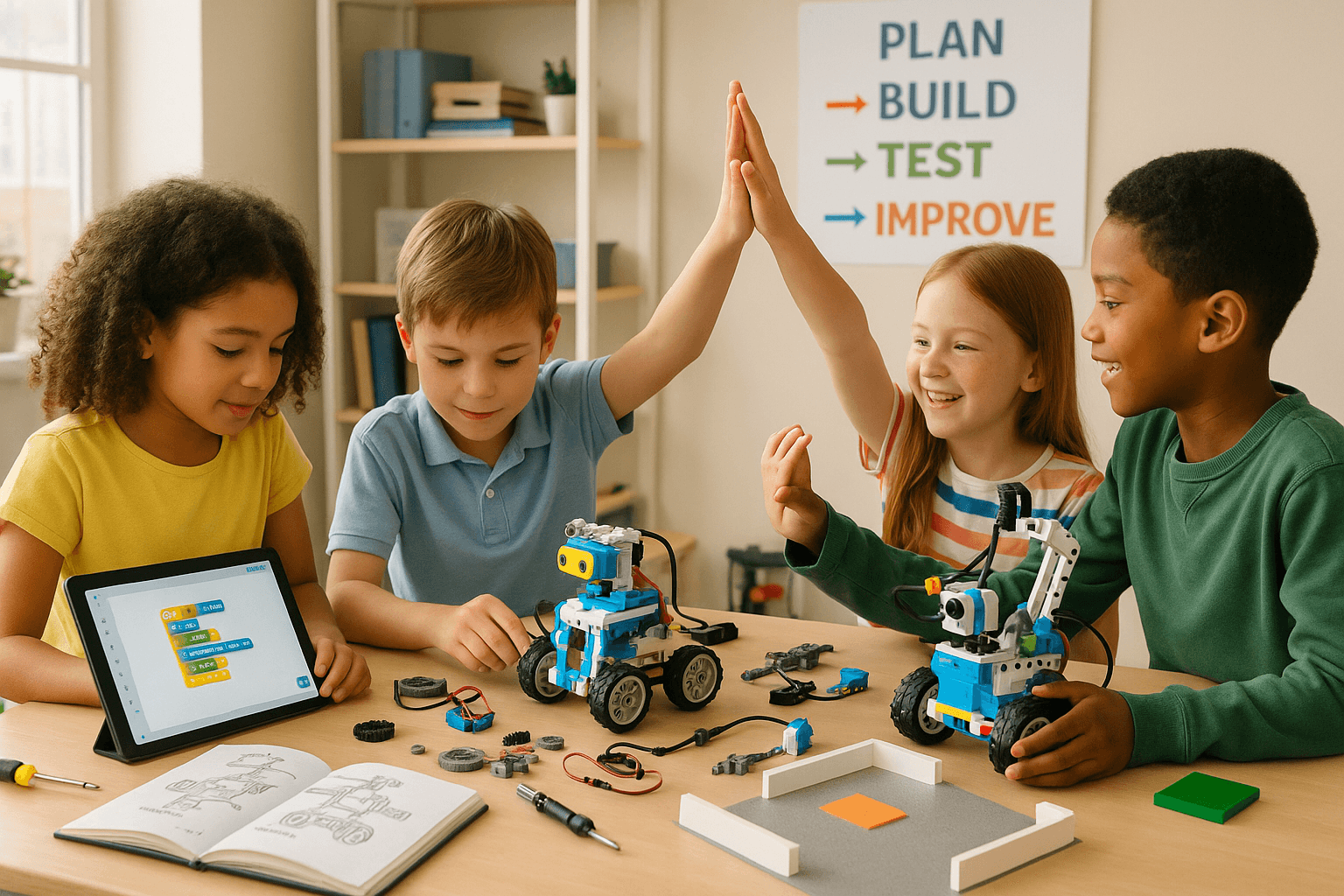
How Robotics Classes Develop Critical Thinking Through Testing and Problem Solving
Testing occurs on designated surfaces or tracks. When robots don't work as expected, students debug code and revise hardware. This process builds critical thinking, persistence, and understanding of the engineering design cycle. These are key parts of STEM education.
This hands-on approach makes abstract concepts accessible. It connects computer programming, electronics, and mechanical systems to real-world applications. For kids ages 8–14, this often represents their first experience using technology to create and test functional machines. Mistakes help them learn, and each attempt builds essential skills and knowledge.
In robotics programs, kids work in teams. They learn to communicate and build teamwork skills. These abilities are essential for their future success. School group projects, robotics camps, and clubs require students to discuss designs, fix code, and solve problems together. These collaborative experiences align with how professionals work in engineering, robotics, and technology industries.
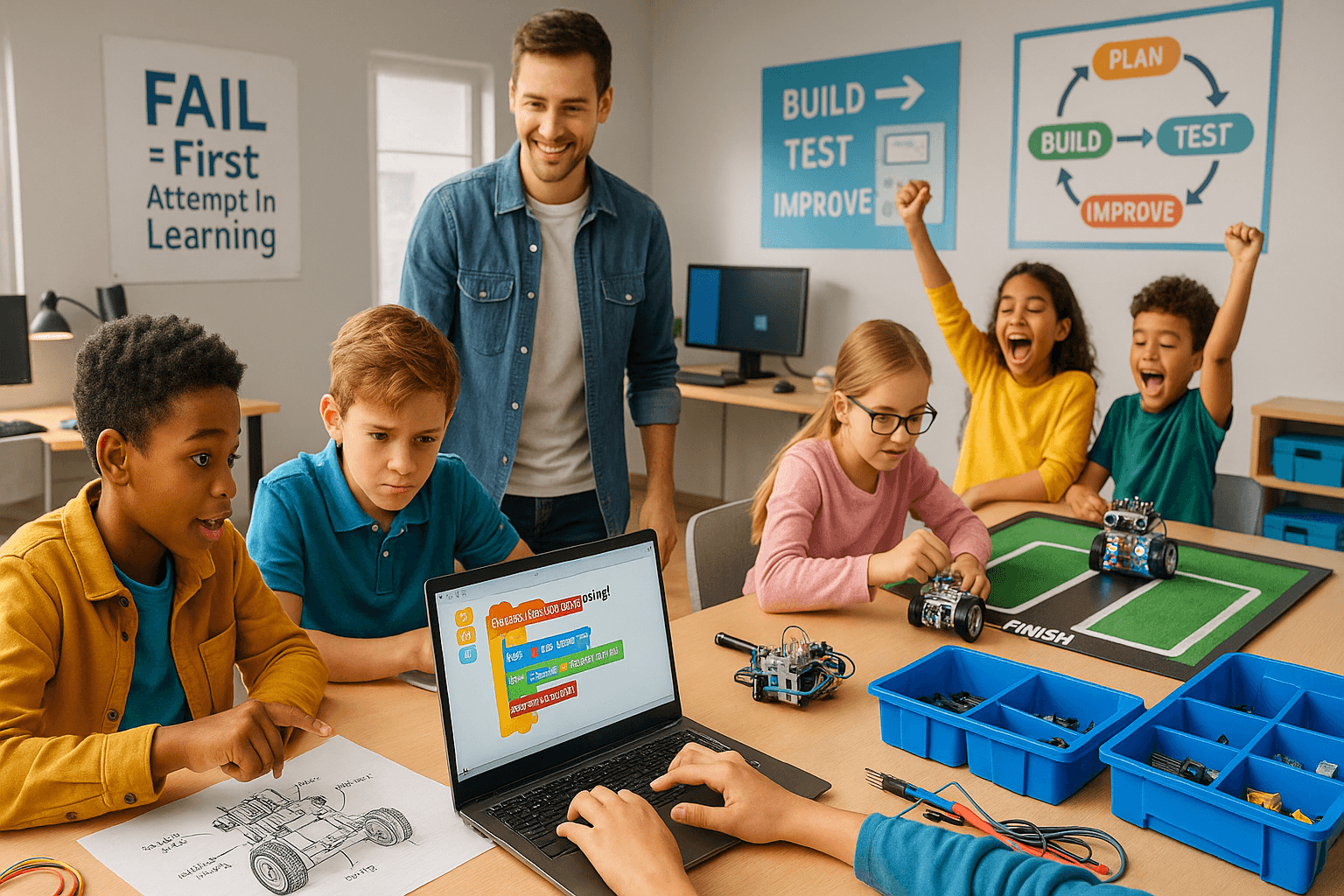
Advanced Robotics Programs: Preparing Kids for Future Careers in STEM Fields
Advanced robotics courses cover online resources, complex computer programming, and topics such as machine learning. Students learn about robotics in space exploration, self-driving cars, and other high-tech fields. This helps them understand future careers and opportunities.
Starting robotics and engineering for kids at a young age helps them develop confidence in applying learned concepts. These experiences enable students to use STEM education in real-life settings, preparing them for future careers in Technology, Science, and Engineering.
Learning robotics gives students opportunities to learn through action, transforming complex concepts into engaging, hands-on activities. With the right curriculum and training, many kids can start building and programming robots. This helps them gain valuable skills for life. Plus, it makes learning fun and engaging.
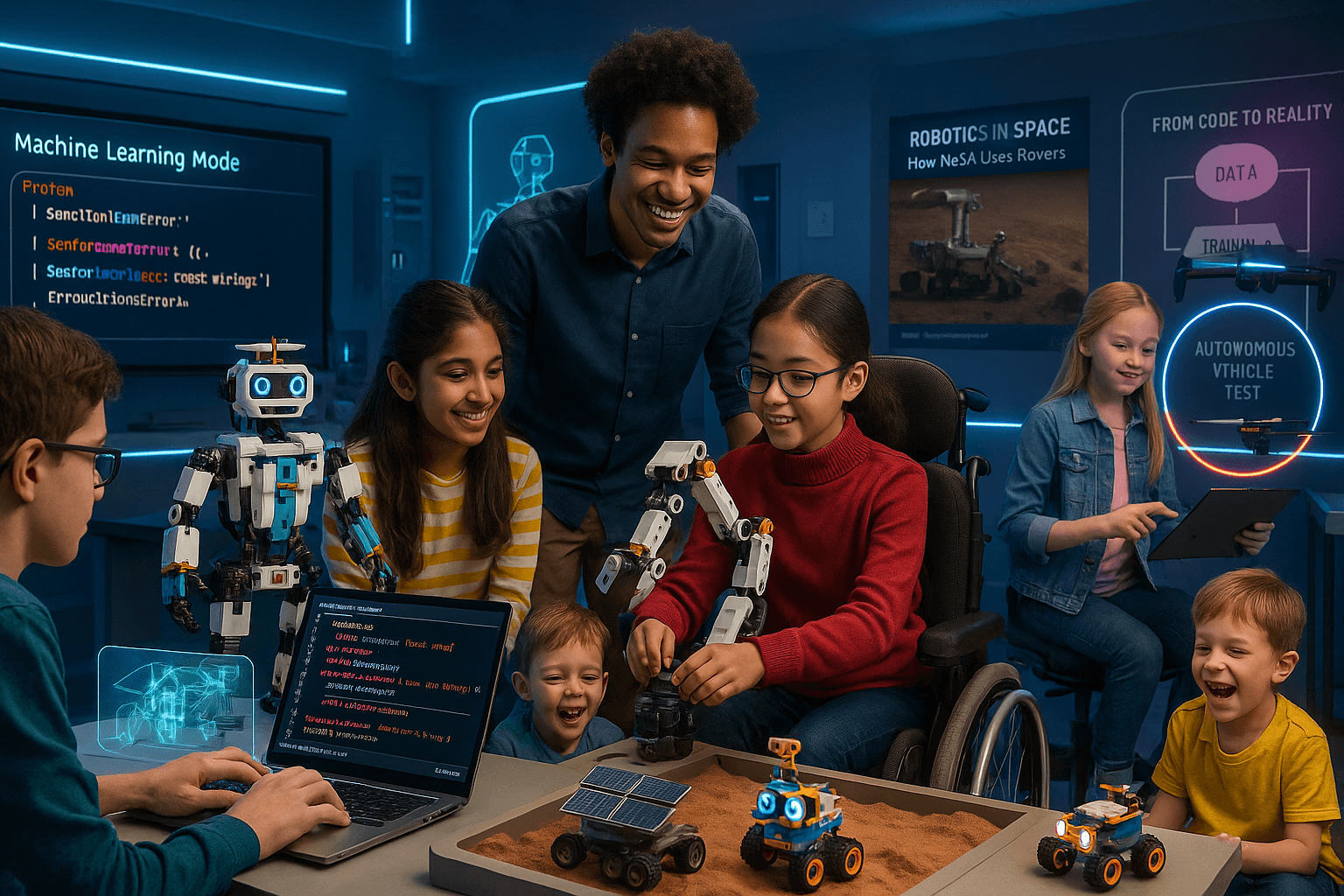
Key Benefits of Robotics and Engineering for Kids
Robotics courses do more than teach code; they build a mindset that fosters creativity.
1. Boosts Interest in STEM and Engineering Careers
Robotics courses show kids the possibilities of how science, technology, engineering, and math can be fun. By playing with robots, children meet math and science in action. This excitement can spark interest in STEM subjects at school. It encourages students to join competitions and events.
It might even lead to a future job as an engineer or scientist. They might think, “I like this!” This excitement can lead them to study science and math more in school.
Research shows that robotics teaches critical 21st-century skills. It also boosts knowledge for the future. It also prepares students for future careers in technology. These early experiences can inspire children to become engineers, programmers, or scientists later. Many students go on to join robotics clubs or science teams because of this.
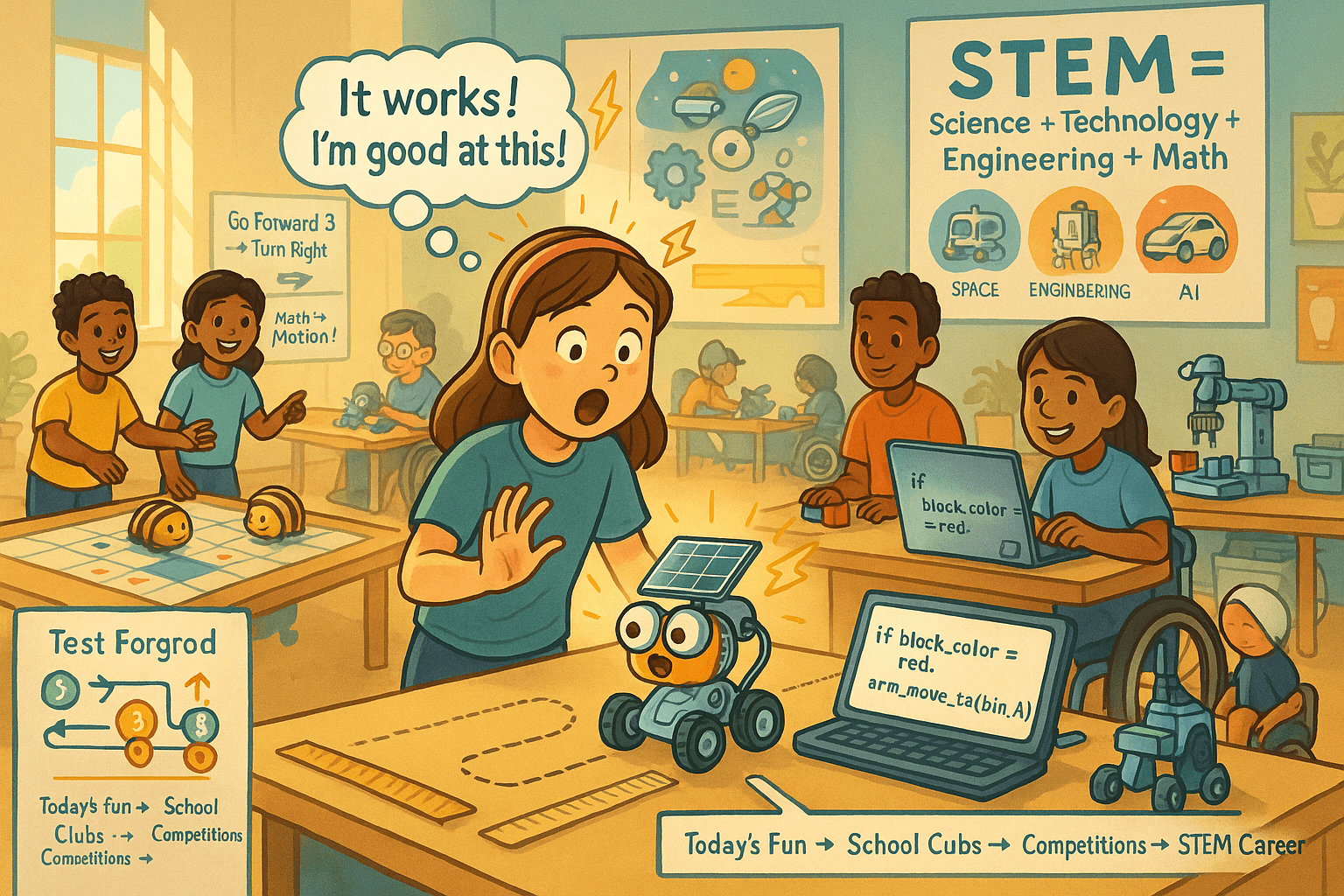
2. Fosters Problem-Solving and Logical Thinking
Building and programming robots is like solving puzzles. In robotics and engineering for kids programs, students learn to break problems into small steps, write code, or use programming languages and logic blocks so their programmable robots perform tasks correctly. This hands-on approach builds strong problem-solving skills and introduces practical applications of mathematical concepts.
When robots don’t work as expected, kids learn troubleshooting and debugging, valuable skills in computer programming and engineering. These robotics projects also develop creativity and critical thinking, helping kids at a young age gain the confidence needed for future success in STEM fields.
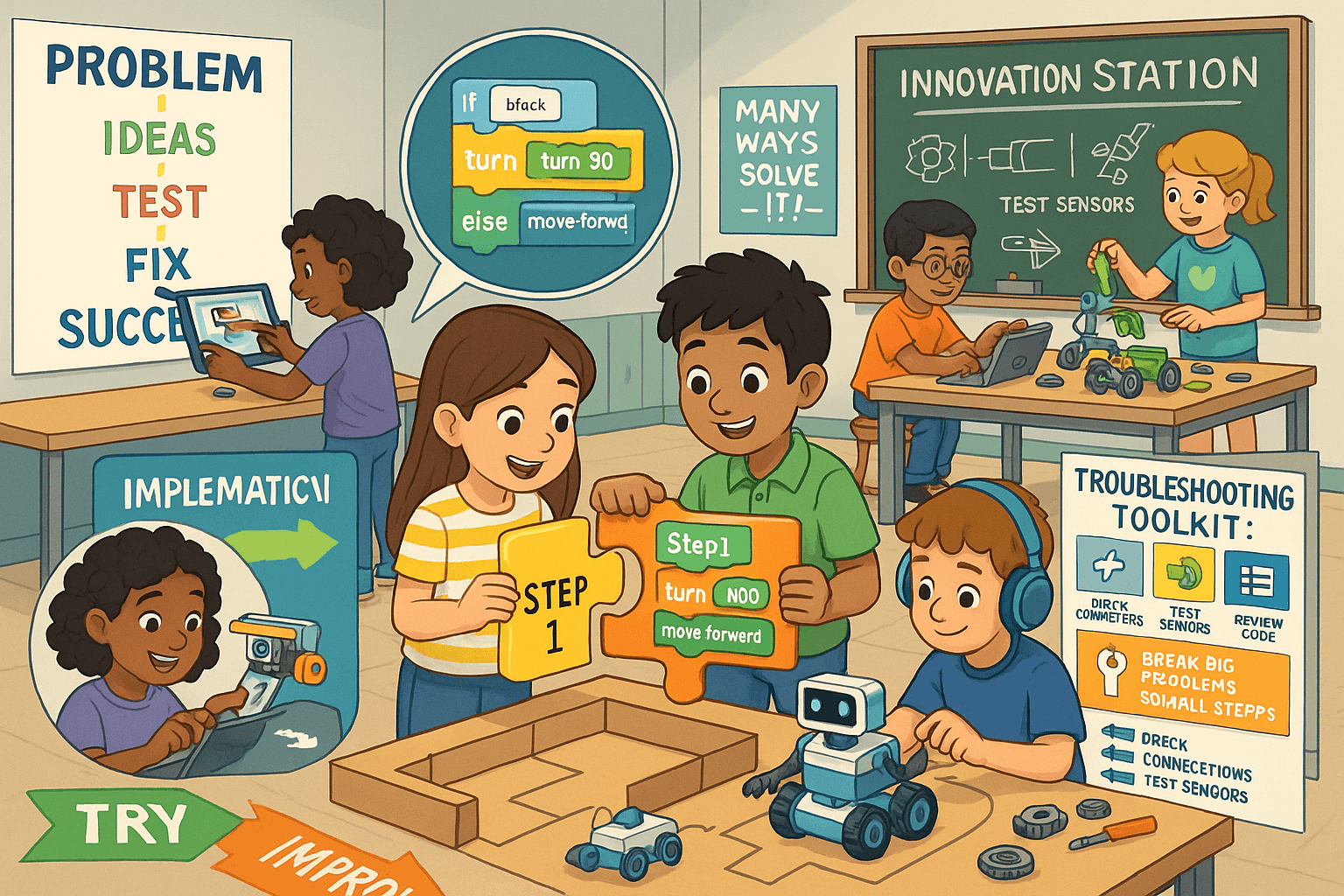
3. Makes Learning Fun, Engaging, and Relevant
Robotics classes give kids a hands-on way to explore engineering and technology. Students build real machines, operate robots, and see them move—turning science lessons into exciting, real-world applications. Working in robotics camps, school clubs, or competitions, they practice teamwork, communication, and creative problem-solving.
By creating and testing robots, kids discover that STEM fields like electronics, mechanical design, and coding can be fun. Many don’t realize how much they learn while working on robotics projects, from programming basics to designing autonomous vehicles. These engaging activities show that robotics programs can make learning fun while preparing the next generation with skills for school, careers, and life.
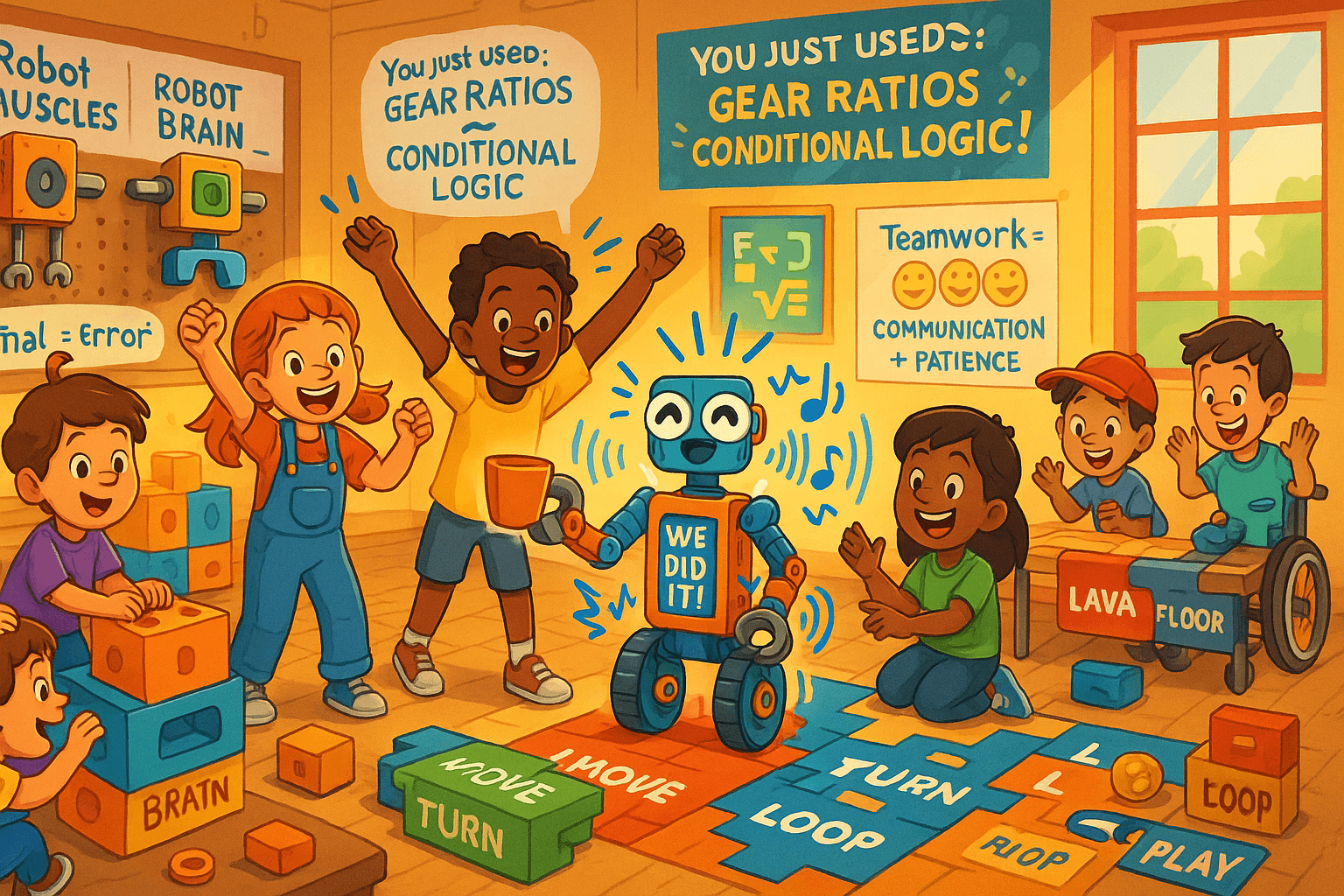
How Robotics Courses Lay the Path for Future Engineers
Building Essential Skills Through Robotics Projects
Kids in robotics programs and classes learn to think like junior engineers and develop essential skills. Each robotics project imparts new knowledge. Science and math transform from abstract subjects into practical tools. Students learn to build machines and program robots. They use basic computer programming and languages.
Collaboration is key as kids team up. They share ideas and face challenges together. Teamwork builds essential problem-solving skills and critical thinking.
Many leading engineers and scientists credit their beginnings to early experience in robotics. A child who learns robotics and engineering early often does well in science and math later on. They feel prepared for competitions, clubs, and challenging projects in middle and high school.
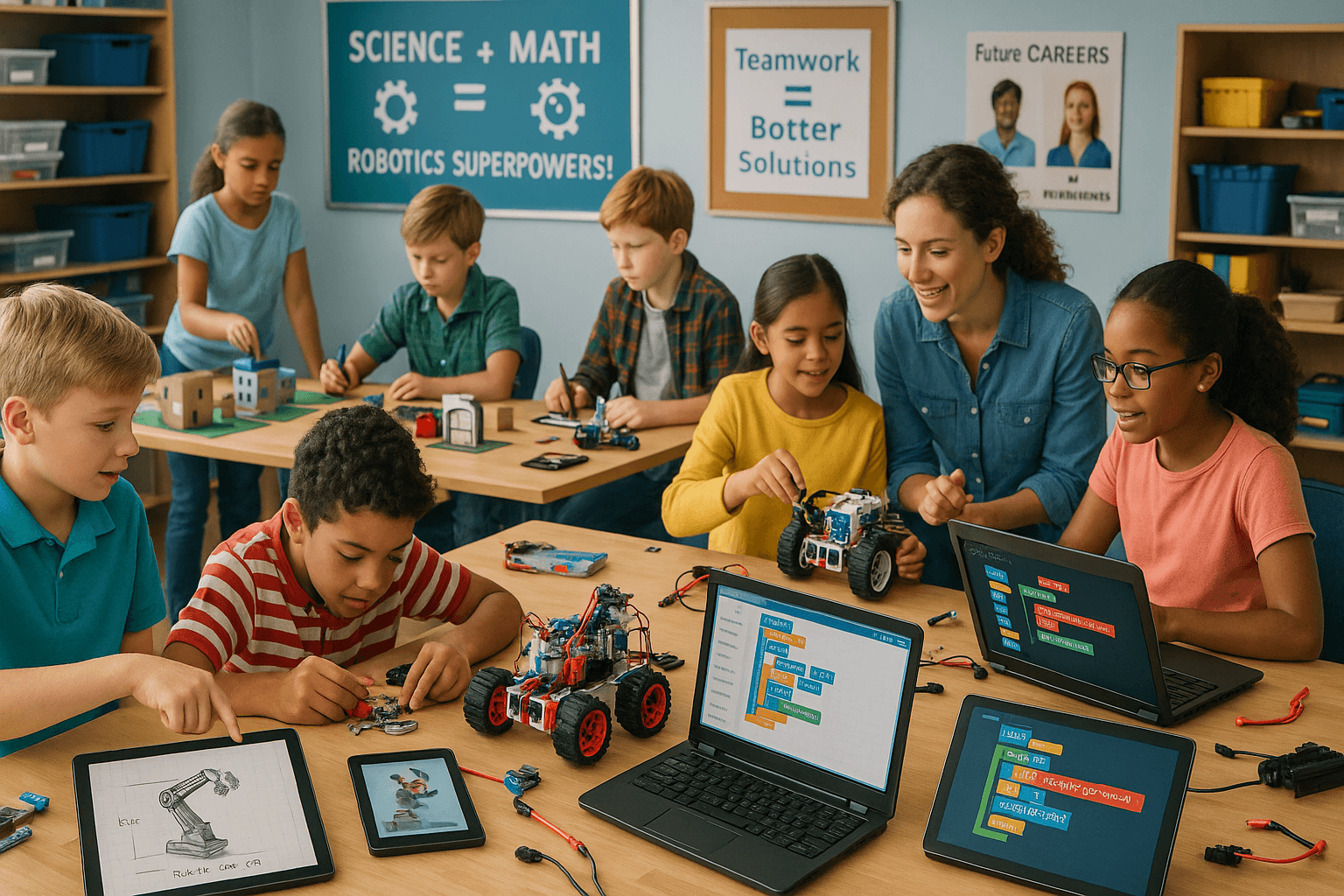
How Robotics Projects Create Fun Family Learning Experiences
Robotics projects teach essential skills. You learn building, computer programming, and electronics. These skills help in many jobs in engineering, technology, and other areas. These activities help kids learn about machines. They also explore real-world uses, like self-driving cars and space travel.
Even children who initially show little interest in science often become more engaged through robotics programs. Robotics and engineering for kids combine play with education. This makes learning fun and practical. Each programmable robot boosts interest in STEM. It also helps develop problem-solving skills, critical thinking, and creativity.
Robotics can also become a fun family activity. Families, including parents, siblings, and kids, join hands-on robotics classes or projects. They learn to design, code, and operate robots together. This shared experience builds teamwork and strengthens family bonds.
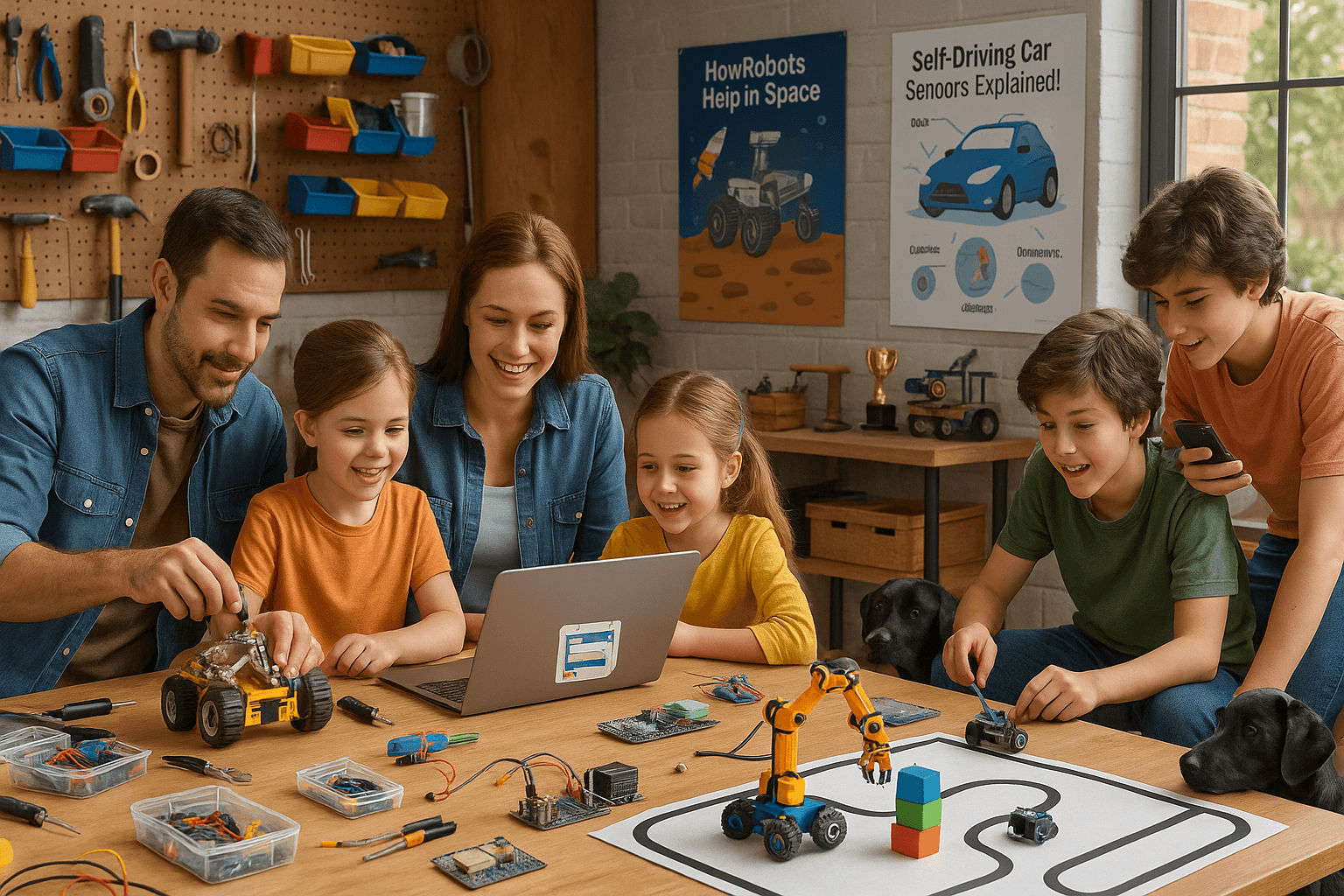
Frequently Asked Questions
How does robotics education support other academic subjects?
Robotics classes teach students how to use math, science, and programming by building and coding real robots. Through hands-on projects, they practice solving problems and see how these skills apply outside the classroom.
By combining subjects like Math, Tech, and Engineering, Robotics makes learning more engaging and easier to understand. Students get a clear sense of how things work when their robots complete tasks they have programmed.
What’s the best age to start learning robotics?
Kids as young as six can get started with robotics. Projects for this age group use simple, visual tools like block-based coding, so no prior experience is needed. These activities help build problem-solving skills and make tech feel less intimidating later on. Ages 6 to 12 are ideal for learning with tools like Scratch, keeping the experience fun and easy to understand.
Will robotics education help prepare kids for future tech careers?
Robotics programs teach valuable skills like coding and problem-solving that are important for future jobs. Through building and programming robots, students pick up the basics of coding and even get introduced to concepts like Machine Learning. These activities help them think critically, something that’s valuable in any tech career.
Hands-on projects keep students interested while they learn real-world skills. As more jobs become automated, knowing how technology works gives kids a decisive advantage.
What does a typical learning robotics curriculum include?
In robotics classes, students begin by learning how to assemble robots, utilize basic coding tools, and connect sensors. They work with robots to see how machines can follow instructions and move autonomously.
Projects start with basic tasks like moving and turning, then build up to more advanced ones like creating self-driving robots or simulating space missions. Along the way, students acquire the fundamentals of electronics, mechanical design, and coding.
Can learning engineering robotics increase a child’s confidence?
Robotics projects give kids instant feedback; they can see right away if their code works when the robot completes a task. Building and programming something that moves or responds shows them what they’re capable of.
These programs also help kids build confidence by celebrating small wins. Working in teams teaches them how to collaborate while learning hands-on tech skills.
